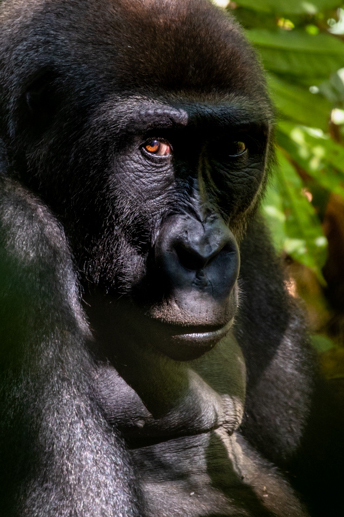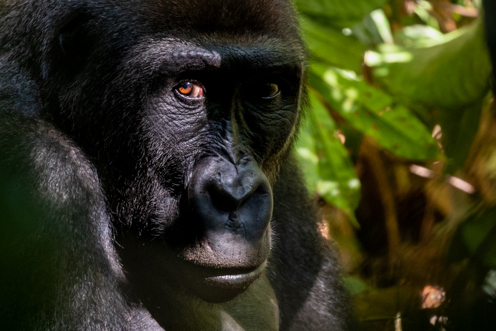As camera sensors get bigger and bigger with more and more megapixels, many photographers abandon the key aspects of photography – exposure and composition – in favour of doing it all on the computer later.
I had hair before images went truly digital. I’ve torn it all out now! I simply don’t understand this lazy approach to photography. For me, and after 30 plus years of making pictures, I still get a thrill when I capture a strong composition full-frame in camera, and the less I crop the higher the image quality. It also avoids the hours on a computer correcting and tweaking things I could have got right in a fraction of a second when I took the shot.
So why should we try to shoot full frame? The first step in any photograph is visualisation. I’ll be returning to this in another feature, but once we have visualised a photograph we are constrained by the shape of the viewfinder, sensor shape or film frame.
Different sensor formats present different problems with regard to composing an image. The standard 35mm 3:2 format is probably the easiest to use and gives good differentiation between landscape and portrait orientations. This was inherited from film but medium and large format cameras use slightly different formats in both film and sensor. Square is arguably the hardest, while 16:9 has been inherited from wide screen TV and video formats.
What bigger sensors, and the consequent bigger original image files, do though is facilitate cropping an image into a different shape from the sensor or traditional 3 to 2 image ratio without significant loss of image quality. There are times when a different shape adds to an image’s impact rather than simply reducing quality.
Reading Andrew James’ feature on photographing lowland gorillas reminded me of a technique for portraiture – animal or human – so I’m going to use cropping to illustrate it, especially as Andrew isn’t heading back there any time soon.
Photographing gorillas in a jungle is a good example of when an image will almost certainly need some cropping to maximise its impact. It’s not an easy place to be, let alone to work as a photographer, in dense vegetation with shy or camouflaged nature.


How do you give real impact to a portrait? One technique, used by many portrait photographers like Mario Testino, is to crop into the head to a greater or lesser degree. This may seem counter-intuitive but it’s a very powerful tool which makes the eyes jump out of the image with intensity.
To illustrate let’s look at Andrew’s final image where the light catches the eye of a gorilla, semi-hidden in the vegetation. It’s a shot most of us would be happy with, especially given the constraints he was under, but IF you had a super-telephoto lens and enough light to use it how could you change the image using a crop to get right into the heart of the portrait?


Let’s stick with the 3:2 format and see what we can do. The original image is portrait format (image 1) so let’s come in tighter in this format so we start to crop into the gorilla’s head. If we come in tight (image 2) cropping into the head we can immediately see the power of this technique as the all-important eye gains power and intensity.
However, on this occasion, perhaps we’ve gone too far. If we pull back a bit to include both sunlit and dark fur (image 3), the darker areas create a frame which lock the eye into the image to make it even stronger.
It’s worth looking at a landscape format of this image too, though, but in doing this it becomes more about the head of the gorilla rather than head and body. Interestingly, because the image was well composed initially and key elements carefully positioned, we can retain the 3:2 format and make a really powerful headshot (image4). Again, the positioning of the edges of the frame are not haphazard but careful and deliberate to accentuate the key elements of the portrait and not compete or pull the eye away.

One final thought to leave you with – look how this crop subtly picks out the fine line of the right-hand side of the gorilla’s face.

